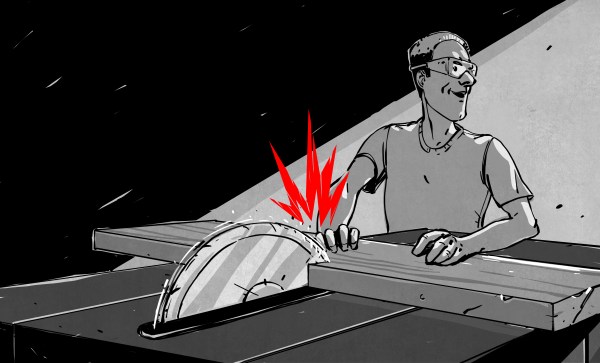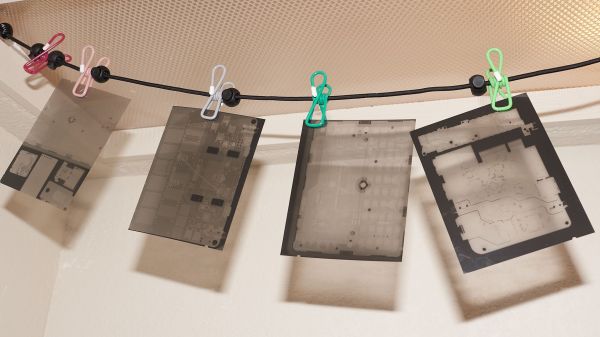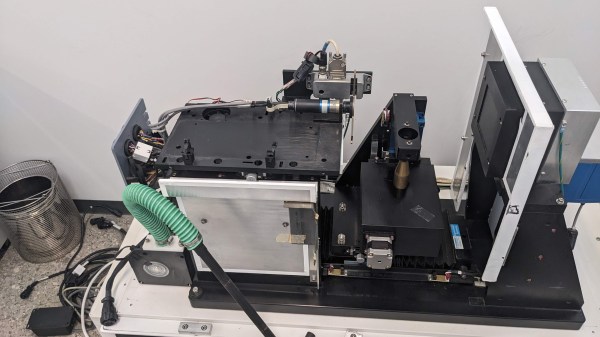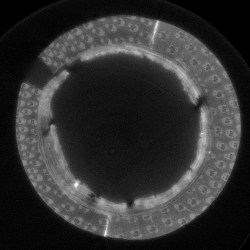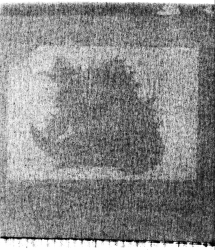Ever wanted your own X-ray machine? Of course you have! Many of us were indoctrinated with enticing ads for X-ray specs and if you like to see what’s inside things, what’s better than a machine that looks inside things? [Hyperspace Pirate] agrees, and he shows you the dangers of having your own X-ray machine in the video below.
The project starts with an X-ray tube and a high voltage supply. The tube takes around 70,000 volts which means you need a pretty stout supply, an interesting 3D printed resistor, and some mineral oil.
The output display? A normal camera. You also need an intensifying screen, which is just a screen with phosphor or something similar. He eventually puts everything in lead and reminds you that this is a very dangerous project and you should probably skip it unless you are certain you know how to deal with X-ray dangers.
Overall, looks like a fun project. But if you want real credit, do like [Harry Simmons] and blow your own X-ray tube, too. We see people build similar machines from time to time. You shouldn’t, but if you do, remember to be careful and to tell us about it!
Continue reading “You Shouldn’t Build An X-Ray Machine, But You Could”




